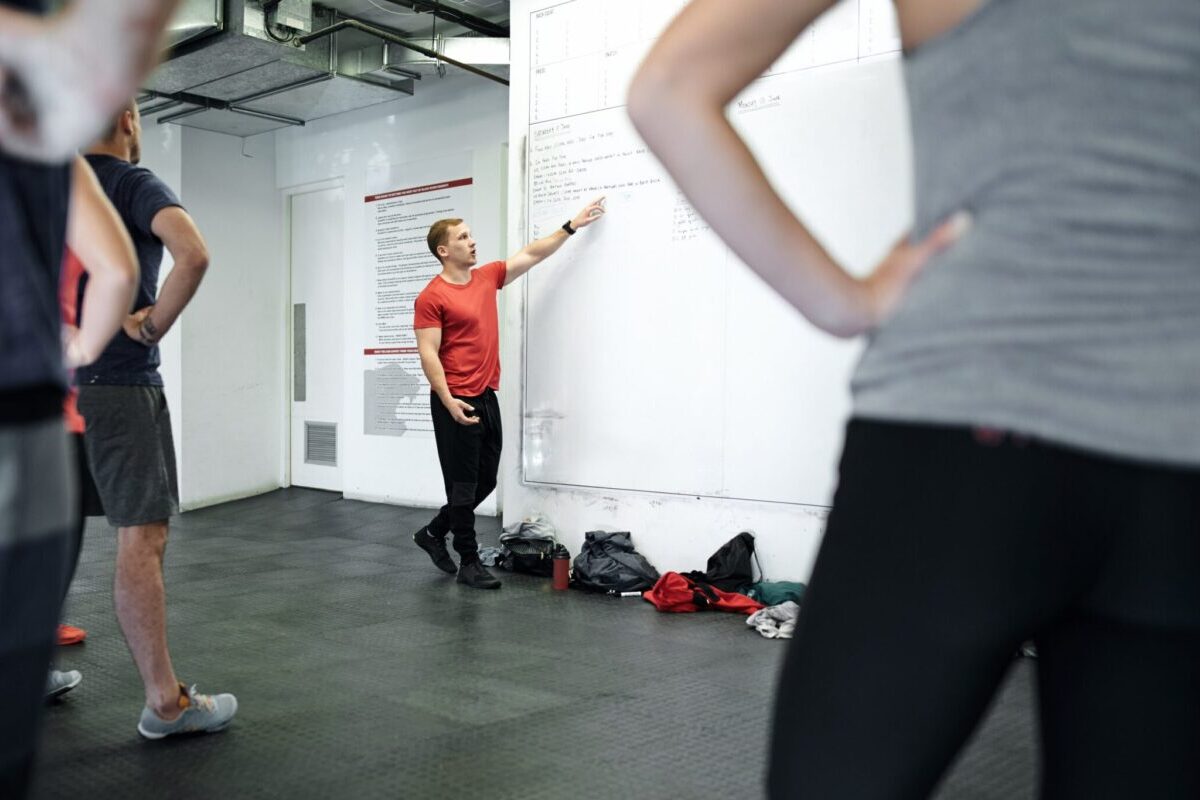4 Tips To Ensure That Break Time Doesn’t Turn Into Playtime When You’re Studying

Most students tend to be rather ambitious when it comes to scheduling their studying. Plenty swear that they’re going to wake up bright and early and study nonstop from dawn until dusk. However, many fall victim to the procrastination monster and fail to even begin. Meanwhile, overzealous types might succeed initially with their ambitious studying schedule, but end up overdoing things and getting burnt out before the semester is even halfway over.
The real key to successful studying isn’t cramming at the last minute, but it isn’t studying nonstop until your eyes glaze over either. The secret to academic success actually lies somewhere in the middle. The key to great studying is including plenty of breaks in your studying sessions.
Most students don’t have issues with taking breaks from their studying. What they have an issue with is resuming their studying once their break has reached its end. For many students, breaks are intimidating because of how often break time turns into playtime.
The key to getting back on track after a break isn’t just cultivating better discipline and willpower. Rather, it’s about formulating plans and learning how to stick to a routine. Here’s how to ensure that break time doesn’t turn into playtime when you’re studying.
1. Create A Schedule
A written planner where one outlines their schedule for the week can be one of the most invaluable tools in a student’s arsenal. Sure, students sometimes find themselves rushing to complete tasks at the last minute due to procrastination or sheer laziness. However, this often happens because the student simply forgot about the assignment or exam. When you create a schedule, this is less likely to happen.
You might be wondering what a schedule has to do with taking breaks. Well, if you really want to create a foolproof studying schedule, it’s good to actually write out when you wish to take breaks and for how long. Determining how you should take these breaks becomes easier when you know about some simple task management techniques.
2. Learn How To Manage Your Studying and Break Time
If you’re just taking breaks whenever you feel like it, you’re not setting yourself up for success. Instead, try a time management tool like The Pomodoro Technique. In the Pomodoro Technique, you work for 25 minutes and then take a break for five minutes. After three 25 minute-long periods of working, you take a 15 minute break. Then, if needed, you repeat the whole process over again.
Using this sort of break schedule in conjunction with a timer helps you to focus while you’re working because you know a break is just around the corner. Similarly, it encourages you to get back to work when your break has ended. You don’t have to use the exact measurements of time suggested in the Pomodoro Technique. For example, you can work for 45 minutes and break for 15 minutes if that suits your needs better. Use whichever system works for you, just make sure you use a system.
3. Know How To Take Breaks
There’s a difference between a break where you rest your mind and allow yourself to relax for a moment versus a break where you become deeply invested in a whole new activity. While the former is vital for successful studying, the latter can really sabotage your hard work and put you at risk for failing to get back on task when your break is over.
Don’t put things away during your breaks. If you’re working on a computer, keep any of the tabs you need for your studying, such as Course Hero, open. Don’t watch overstimulating YouTube videos or have very engaging phone conversations during your breaks. Instead, take a relaxed break that gives your brain a pause from absorbing new information without becoming too distracted.
4. It’s All About Habit
Great studiers aren’t born, they’re made from good habits. If you’re trying to become a better student, these new habits might be difficult to adapt at first. However, the more you use these techniques in your studying routine, the more second-nature they’ll start to feel.











Responses